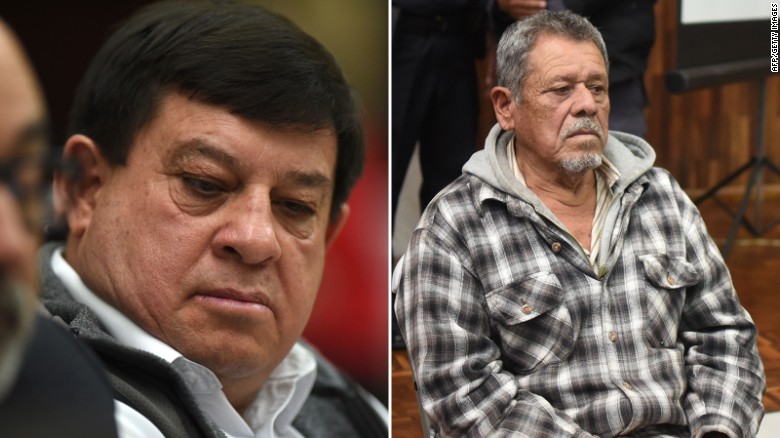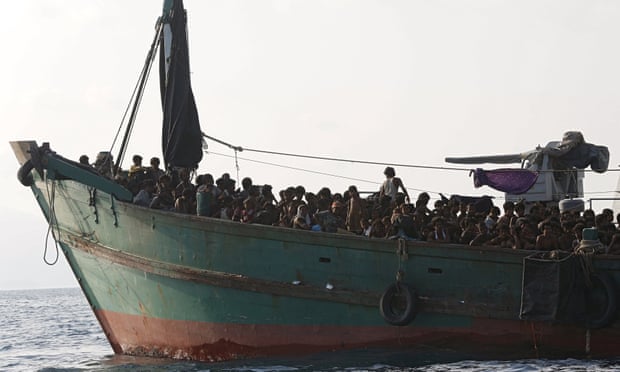By Samuel Miller
Impunity Watch Reporter, North America and Oceania
GUATEMALA CITY, Guatemala — A Guatemalan court has sentenced two former soldiers to 120 and 240 years of prison, respectively, for subjecting at least 15 indigenous women to sexual slavery and other crimes during the country’s civil war. Lt. Col. Esteelmen Francisco Reyes Giron received 120 years and military commissioner Heriberto Valdéz got 240 years during sentencing Friday.

It is the first time that a court in Guatemala has handed down a sentence for such crimes.
Giron, who was the commander of the Sepur Zarco military base, was found guilty of holding 15 women in sexual and domestic slavery and for killing one woman and her two daughters. Valdéz, a paramilitary who carried out commissions for the army, was convicted for the same enslavement, as well as the forced disappearance of seven men.
Yassmin Barrios, Chief Judge of the Court, announced in his decision, “We the judges firmly believe the testimony of the women who were raped in Sepur Zarco. Rape is an instrument or weapon of war, it is a way to attack the country, killing or raping the victims, the woman was seen as a military objective.”
The packed courtroom erupted in cheers and chants of “justice, justice!” when the ruling was read.
“These historic convictions send the unequivocal message that sexual violence is a serious crime and that no matter how much time passes, it will be punished,” said Erika Guevara-Rosas of Amnesty International. “It is a great victory for the 11 women who embarked on a 30-year-long battle for justice.”
During the hearings, 11 women from the indigenous Q’eqchis communities described how they physically and emotionally deteriorated while being raped and used as slaves for half a year. In court, many wore indigenous garb and had their faces covered.
Moises Galindo, the defense lawyer for Reyes Giron, said the trial “was a fabrication and that his client was never at the site of the crimes.”
The 120-sentence for Giron and 240-year sentence for Valdéz are in part symbolic as Guatemalan law limits the amount of time anyone can spend in prison to 50 years.
Guatemala’s 36-year civil war left more than 200,000 people dead or missing, according to the United Nations, which places most of the responsibility for wartime atrocities and excesses on the government forces.
Those who suffered most from the human rights violations committed during the war were the indigenous peoples.
For more information, please see:
BBC News – Guatemala: Rape sentences in landmark military trial – 27 February 2016
CNN – Guatemala sentences 2 ex-military officials for using women as sex slaves – 27 February 2016
ABC News – Guatemala Convicts Ex-Officer, Paramilitary in Slavery Case – 26 February 2016
Christian Science Monitor – Guatemala war crimes verdict breaks grip of impunity – 26 February 2016

